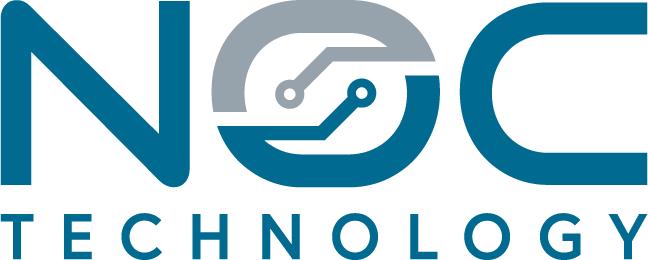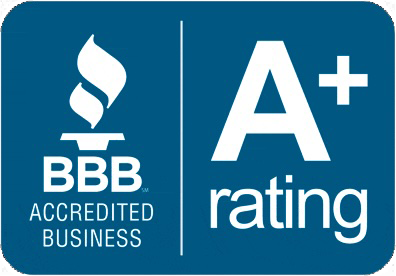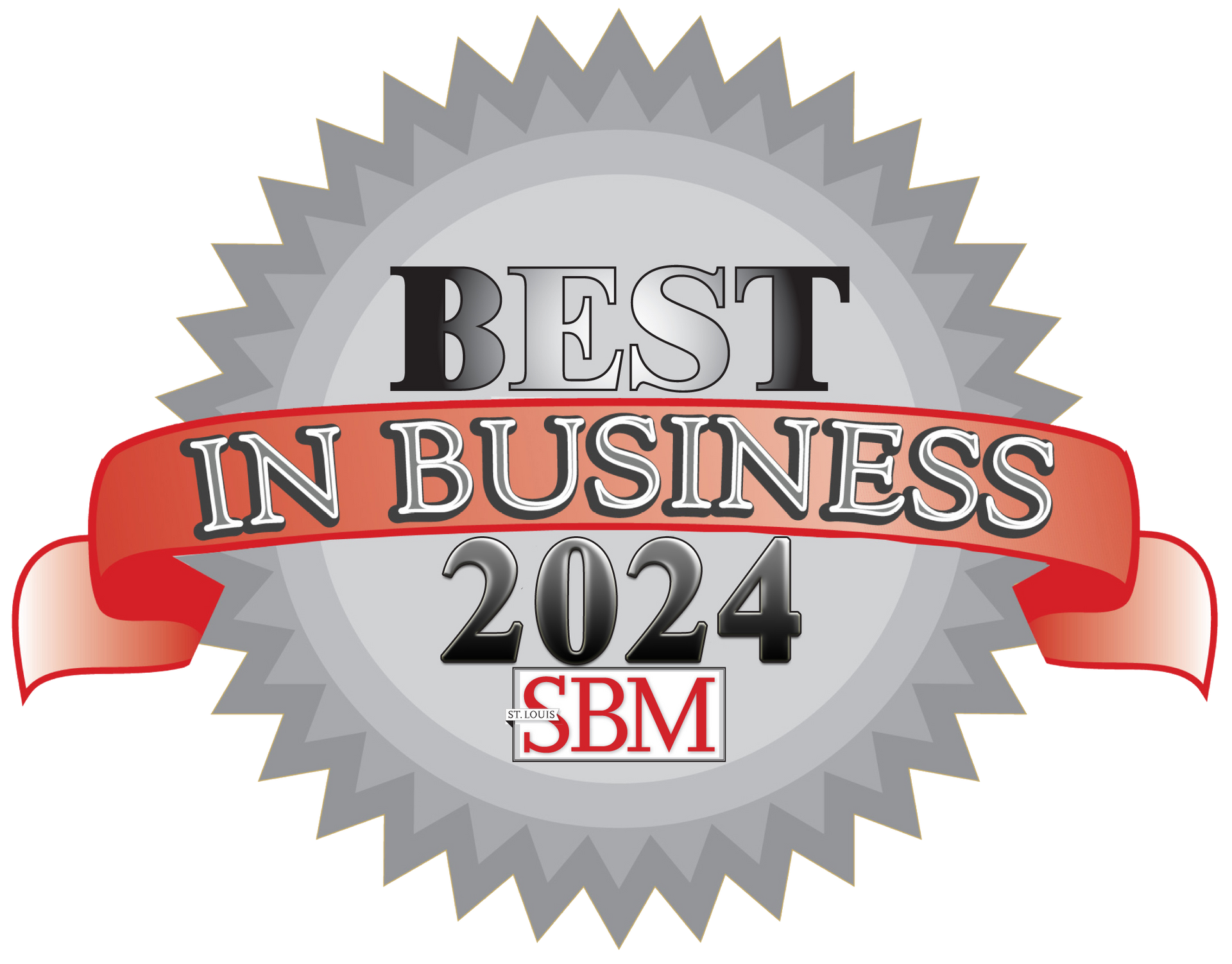What is Virtual Appointments in Microsoft Teams?
by Jon Lober | NOC Technology
Zoom out: there's another option for virtual meetings and appointments.

Have you been trying to jump back and forth between Teams and a separate online appointment app for your customers? Microsoft Team’s new “Virtual Appointments” feature can now streamline that experience into a single turnkey solution.
For those of us who use Microsoft’s suite of business tools, Teams has become an important tool in the age of remote work. Since the pandemic, we have learned to effectively conduct internal meetings and B2B (business-to-business) meetings using its virtual meeting tool, but it has been lacking a robust B2C (business-to-customer) virtual meeting integration until now.
- Customer appointments are a common activity for most businesses.
- Veterinarians schedule video calls to examine their patients virtually.
- Financial planners and experts book appointments with their clients to go over the numbers.
- Salespeople set up virtual appointments to answer questions about a product.
- Software companies allow people to schedule live demos.
- Telehealth therapists book video sessions with their clients.
These are just a few examples of the groups that will love this new Microsoft Teams feature. Virtual Appointments was recently added to the platform, providing a new meeting style tailored for engagements with customers.
What Is Virtual Appointments in Teams?
Virtual Appointments gives you an all-in-one platform for customer meeting. With this single tool, you can schedule, manage and conduct B2C meetings in Microsoft Teams.
This new feature combines a scheduling component with a video conference interface. Anyone with the link can join the virtual appointment without needing a Teams account. If you’re familiar with Microsoft Bookings, then some of the following may look familiar, but now you can do it all from within Teams.




